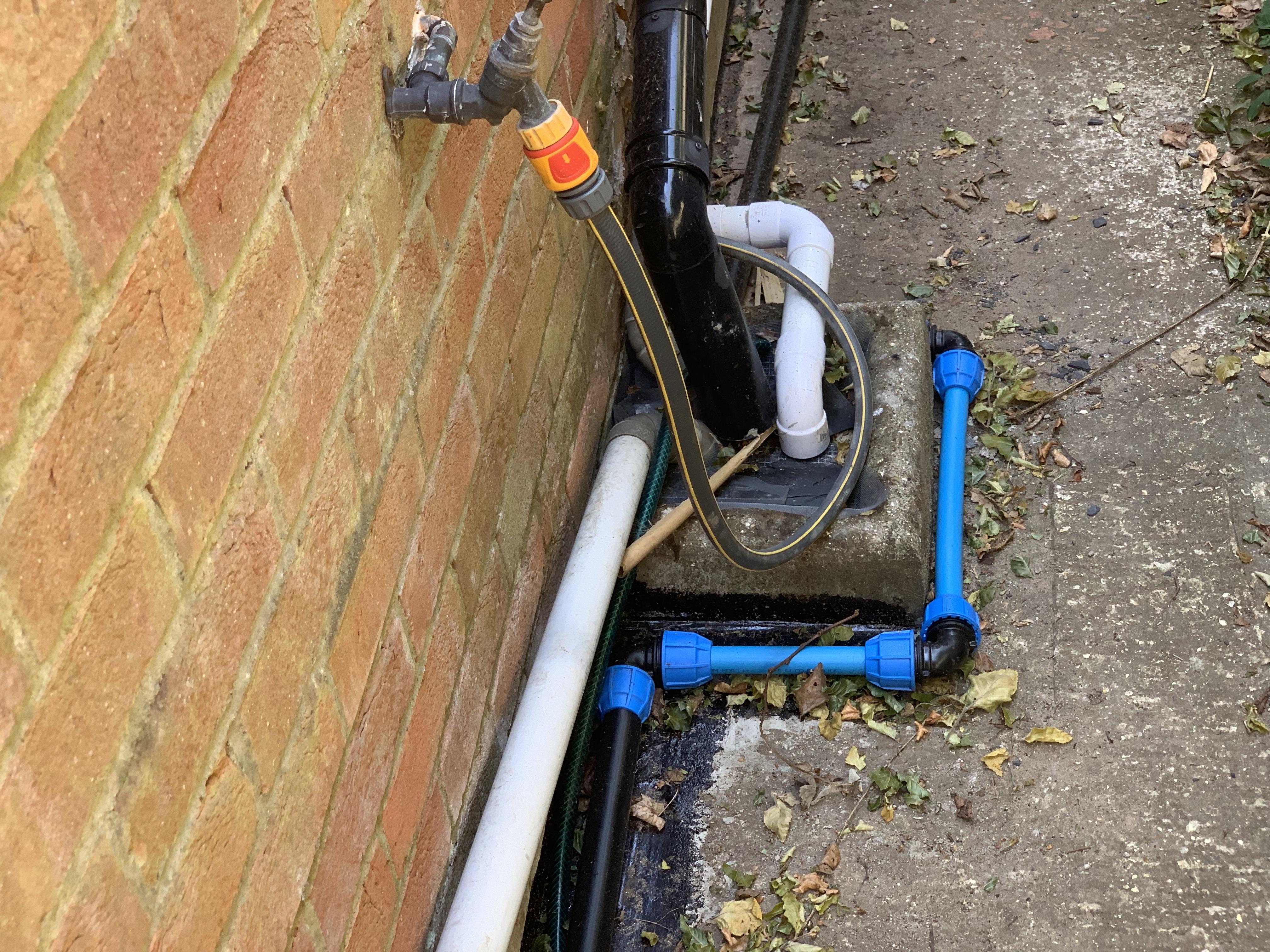Does My House Have Surface Water Drainage?
Get in touch with our experts for more about Soakaways
Call 0800 0488 701 or email our friendly team for all your drainage needs.
When it rains, the water that lands on your roof, patio or driveway has to go somewhere.

If your home has surface water drainage in place, that water is directed safely into the ground or a soakaway — keeping it out of your foul drain and your sewage treatment system.
But in many homes, roof water and surface water end up going into the wrong system.
And that’s where problems begin.
Why It Matters
If rainwater is entering your foul drainage system, it can:
• Overload your treatment plant or septic tank
• Push untreated waste into surrounding soil or ditches
• Cause smells, flooding, and effluent backing up into the home
• Shorten the lifespan of your drainage system dramatically
Often homeowners don’t realise this is happening until something goes wrong.
How to Tell Where Your Roof Water Goes
Here are quick checks you can do outside.:
1. Look at your downpipes
Stand outside when it’s raining.
• If the downpipe disappears into the ground → connected to foul drainage?
• If it runs into a gully and away to the garden → more likely surface water?.
2. Lift the nearest sewage inspection chamber lid (if safe to do so)
If you see clear water flowing during rain, your foul drain is likely taking rainwater.
3. Look for signs in the garden
• Areas that stay wet
• Moss along brick lines
• Puddling after light rain
These can indicate water is entering the wrong place or has nowhere to escape.
What Happens if Surface Water directly or indirectly, Enters Your Treatment System
Treatment plants and septic tanks are designed to treat sewage, not rain.
When large amounts of rainwater enter:
• The bacteria get diluted
• The system can’t settle solids properly
• Partially treated water pushes through to land drains
• Land drains silt and block
• Eventually, a full land drain replacement is needed
(typically £5,000–£12,000 depending on property size)
This is preventable.
What We Do at ASL
When we inspect your system, we:
1. Trace roof and surface water flows
2. Check inspection chambers during rainfall
3. Use CCTV to assess the condition of the foul drain
4. Test the health of the treatment plant or septic tank
5. Provide clear options that prevent long-term damage
We’re not here to panic anyone — just to stop avoidable problems early.
What to Do Next (Simple, No-Pressure Call)
If you’re unsure where your surface water is going, we can take a look.
📞 Call ASL Limited on 0800 0488 727
or
Send us a message — we’ll give clear guidance and a practical plan.

